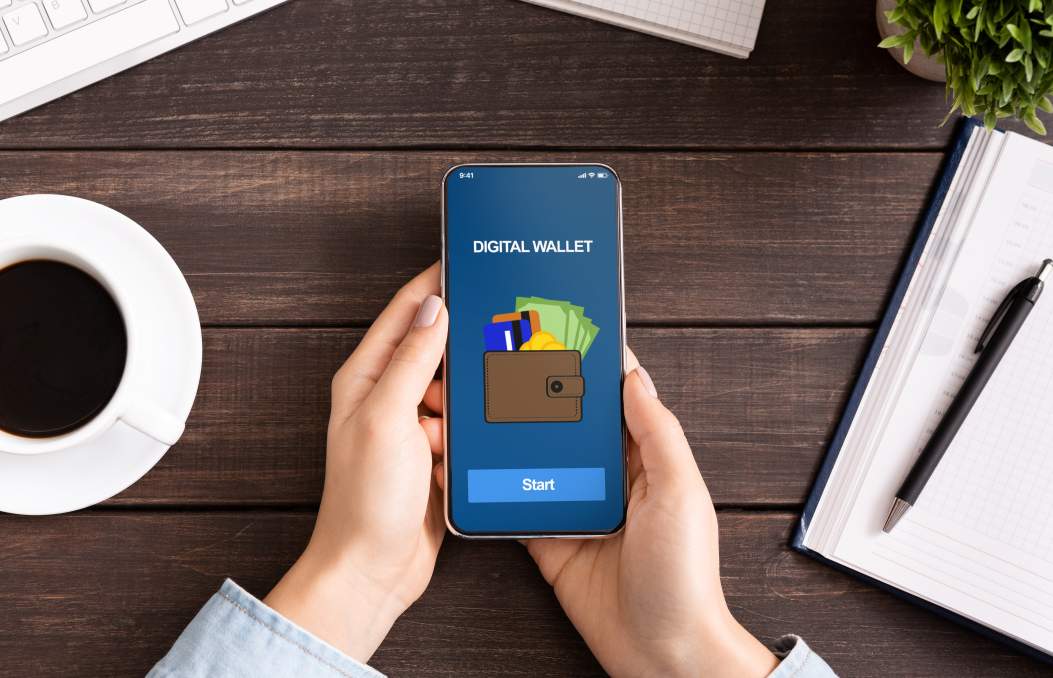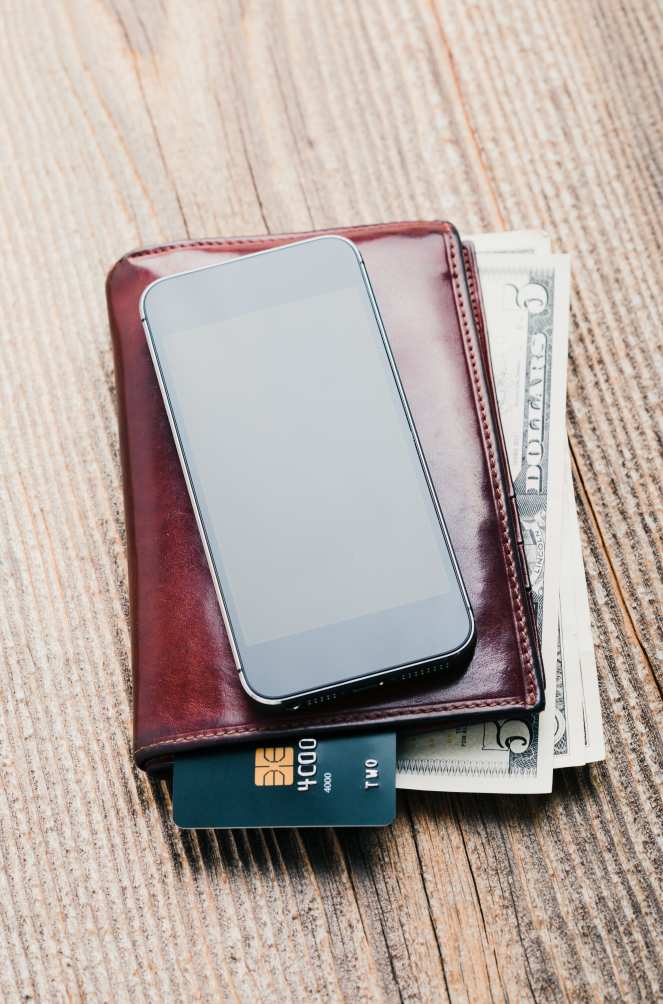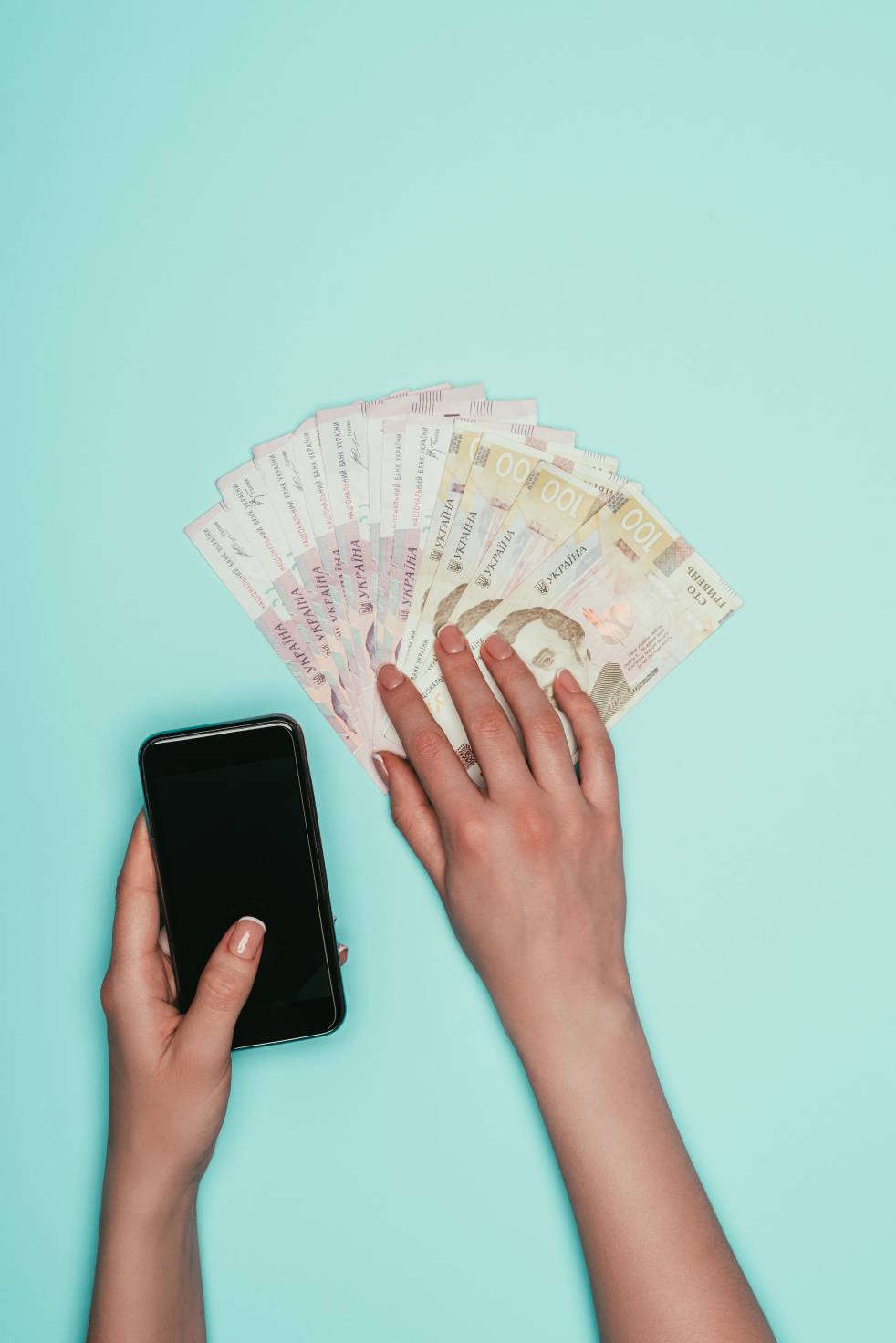Digital Wallet Adoption: Future-Proofing Your Transactions

As the payments industry evolves, digital wallet adoption is skyrocketing, positioning these platforms as the future of financial transactions. With convenience, security, and integration, digital wallets are quickly becoming a primary payment method for millions worldwide.
Let’s explore how digital wallets work, why they’re overtaking traditional payment methods, and how they’re revolutionizing modern banking ecosystems globally.
Understanding Digital Wallets
Digital wallets, also known as mobile wallets or e-wallets, allow users to make transactions using their smartphones or other digital platforms. These wallets securely store payment details, such as bank accounts and credit or debit cards, and enable users to accept payments, send money, and even pay bills with just a few taps.
Popular digital wallet providers include Apple Pay, Google Pay, Samsung Pay, and Cash App, each offering seamless in-store and online shopping integration.
The technology behind digital wallets is cutting-edge, relying on encryption, tokenization, and biometric authentication to ensure security. This system makes digital wallets safer than traditional payment methods, which often require physical cards or cash.

Using Digital Wallets Over Traditional Payment Methods
Convenience
Digital wallets provide unparalleled convenience compared to traditional payment methods, such as physical credit and debit cards. With a digital wallet, users can leave their bulky wallets at home and still enjoy access to funds and payment methods from their smartphone or wearable device.
When shopping in-store, riding public transport, or shopping online, users can complete transactions in seconds. This eliminates the hassle of fumbling for physical cards or handling cash. Moreover, digital wallets like Apple Pay and Google Pay make it simple to integrate all payment methods into one platform, allowing for seamless, fast payments wherever mobile payments are accepted.
On-the-Go Access
One of the biggest draws of digital wallets is their portability. Consumers can make purchases anywhere that supports contactless payments without the need for a physical card or cash. For instance, in retail stores, restaurants, or even vending machines, users can complete transactions just by tapping their device on a contactless terminal. The same applies to paying for public transport or ridesharing services, where transactions can be processed with just a few taps on a smartphone.
Streamlined Online Purchases
For e-commerce, digital wallets streamline online transactions by allowing users to make purchases without repeatedly entering payment details. Wallets can automatically fill in payment information on websites, making the checkout process faster and more secure.
They also integrate with platforms like PayPal or Cash App, further simplifying how people shop and send money online. This significantly reduces checkout friction, improving the overall shopping experience.
Security
Digital wallets have a clear edge over traditional payment methods when it comes to security. Physical credit and debit cards are vulnerable to theft, skimming, or unauthorized use, but digital wallets use advanced technology to protect users from these risks.
Encryption and Tokenization
One key security measure that digital wallets employ is encryption and tokenization. When a payment is made through a digital wallet, the user’s card details are not transmitted. Instead, the wallet generates a unique, encrypted token for each transaction, ensuring that sensitive information, such as credit card numbers, remains secure. Even if a breach occurs, the token is useless to hackers without the decryption key.
Biometric Authentication
Most digital wallets also incorporate biometric authentication, such as fingerprint scanning or facial recognition, making it significantly harder for unauthorized users to access the wallet. Compared to traditional payment methods, which rely on PINs or signatures that can be forgotten, stolen, or forged, biometrics provide an additional layer of protection.
Reduced Exposure to Fraud
Because digital wallets do not transmit card details directly, they reduce exposure to traditional forms of fraud, such as skimming or phishing attacks. Additionally, many wallets offer real-time alerts for each transaction, allowing users to monitor their spending and quickly spot any suspicious activity.
Integration with Financial Ecosystems
Digital wallets do more than just hold credit and debit cards; they serve as a comprehensive financial management tool. By integrating with bank accounts, payment methods, and other financial platforms, digital wallets offer users a one-stop solution for all their digital payment needs.
Linking with Bank Accounts and Credit Cards
Digital wallets can easily be linked to various financial institutions, allowing users to manage multiple payment methods within a single app. This seamless integration enables users to switch between different cards, bank accounts, and even cryptocurrencies when making payments.
Integration with Loyalty Programs
Digital wallets can also integrate with loyalty programs and store-specific rewards systems. Instead of carrying around multiple loyalty cards, users can simply add these to their digital wallet and earn or redeem points automatically at checkout. This enhances the shopping experience by ensuring that consumers don’t miss out on rewards while enjoying the convenience of contactless payments.

Future Proofing Finances With Digital Wallets
Global Trends
The shift toward cashless societies is evident, with digital wallet adoption continuing to rise, especially in developing markets such as Africa and Asia. These regions are leapfrogging traditional banking infrastructures and embracing mobile wallets to facilitate global transactions and money transfers. This trend is also gaining traction in developed areas where digital payments are fast becoming the norm.
Interoperability and Digital Currency
Digital wallets shall play a crucial role in adopting digital currencies, including cryptocurrencies and Central Bank Digital Currencies (CBDCs). As the use of digital currencies grows, digital wallet transactions will facilitate cross-border payments and remittances, offering faster and cheaper alternatives to traditional bank accounts and wire transfers.
AI, Blockchain, and the Next Level of Innovation
The future of digital wallets is poised for even more innovation. AI-powered wallets could soon offer users personalized financial advice, tailored to their spending habits and savings goals. Additionally, blockchain-enabled wallets promise to bring transparency and added layers of security, especially for global and high-value transactions.
Consumer Expectations and Technological Evolution
As digital wallets evolve, users can expect features like dynamic biometrics and smart contracts to become more common. Future wallets may serve as multi-utility tools, storing not just payment information but also digital IDs, healthcare records, and event tickets. Adopting these advanced features will redefine how people interact with financial institutions and other service providers.

Tips for Digital Wallet Adoption
Choose the Right Digital Wallet
Selecting the right digital wallet is crucial, as not all wallets offer the same features or compatibility with payment methods. Popular options like Apple Pay, Google Pay, and Cash App offer seamless integration with a wide range of credit and debit cards, bank accounts, and loyalty programs.
Suisse Bank’s All-In-One Wallet is a versatile digital platform that enables users to securely buy, sell, store, and convert cryptocurrencies while supporting multiple fiat and cryptocurrencies. Designed for personal and business use, it streamlines global transactions by ensuring swift and easy crypto payments and payouts.
Equipped with advanced security features like encryption and biometric authentication, the wallet offers a user-friendly interface for managing digital assets, making it an all-in-one solution for modern financial needs.
Download and Set Up the App
Once you've chosen a wallet, the next step is downloading and installing the digital wallet app from a trusted source like your device’s app store. The setup process is usually straightforward, requiring the input of card information or scanning the card using your phone's camera.
Some wallets may also allow you to link additional payment methods like gift cards or store-specific loyalty cards. Verify your payment methods, as many wallets will send a confirmation code or require additional authentication steps to ensure security.
Enable Security Features
One of the biggest advantages of using a digital wallet over traditional payment methods is the advanced security features. Most digital wallets support biometric authentication, such as fingerprint scanning or facial recognition, which adds an extra layer of protection to your wallet.
Additionally, many wallets use two-factor authentication (2FA) for added security during transactions, requiring a secondary verification method like a text message or email code. This drastically reduces the risk of fraud or unauthorized access.
Test the Wallet with Small Transactions
Before fully integrating the digital wallet into your daily life, test it with small transactions to ensure everything works smoothly. Start by making low-value purchases at places that accept contactless payments or online shopping platforms that support your chosen wallet.
This not only helps you familiarize yourself with the process but also lets you troubleshoot any potential issues, such as payment failures or delays, before relying on it for larger transactions.
Monitor and Manage Transactions
One of the key benefits of digital wallets is the ability to track your spending in real time. Regularly monitoring your transaction history within the app helps you keep an eye on your financial activity and detect any suspicious transactions early. Most digital wallet apps allow you to view detailed breakdowns of your expenses by category, making budgeting and financial planning easier.
You should also periodically check that all linked payment methods (cards or bank accounts) are up to date, and remove any that are no longer in use. Some wallets also allow for transaction limits or notifications to be set so you can get instant alerts for large purchases or foreign transactions.
Keep the Wallet Updated
Like any app, your digital wallet requires regular updates to operate efficiently and securely. Software updates often include bug fixes, new features, and important security patches that protect against emerging threats. Enabling automatic updates ensures you always have the latest version of the wallet without manually checking for updates.
Staying up-to-date ensures you continue to benefit from the wallet’s evolving technology, such as improved biometric authentication, enhanced tokenization techniques, or even new services like peer-to-peer payments.
Embracing The Future Of Finance With Suisse Bank
Adopting a digital wallet is more than just a shift in how you pay—it's about future-proofing your finances in an increasingly digital world. Whether shopping online, making mobile payments, or transferring money internationally, digital wallets offer a convenient, secure, and integrated way to manage your transactions. As digital wallet technology advances rapidly, these tools will become indispensable in our daily lives, transforming how we interact with money and the wider financial ecosystem.
Future-proof your transactions with Suisse Bank, combining seamless digital banking with secure cryptocurrency trading. Whether you’re managing private or corporate funds, experience 24/7 access, multilingual support, and blockchain banking tailored to your needs. Simplify your financial future today with Suisse Bank—where innovation meets reliability. Get started and join Suisse Bank today!

